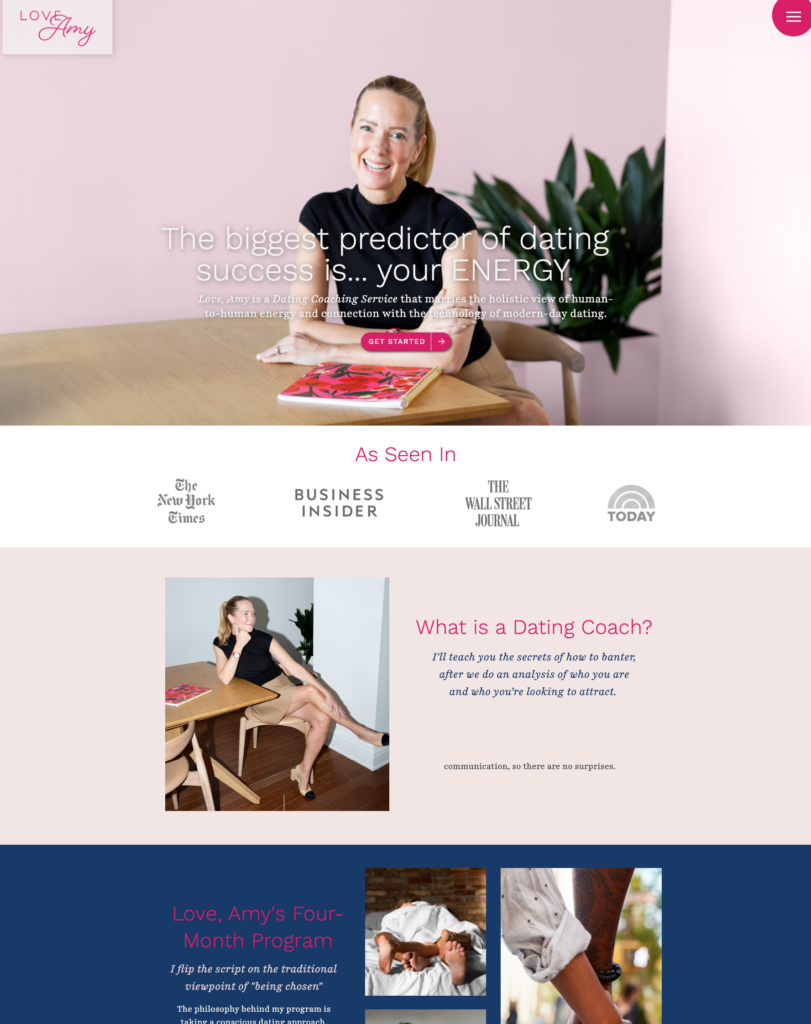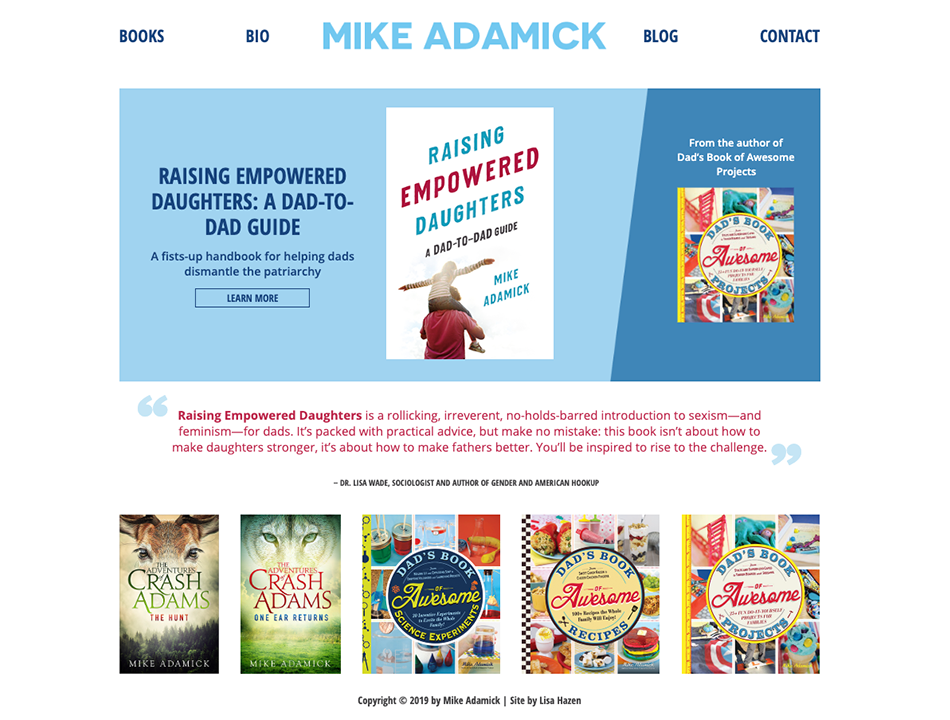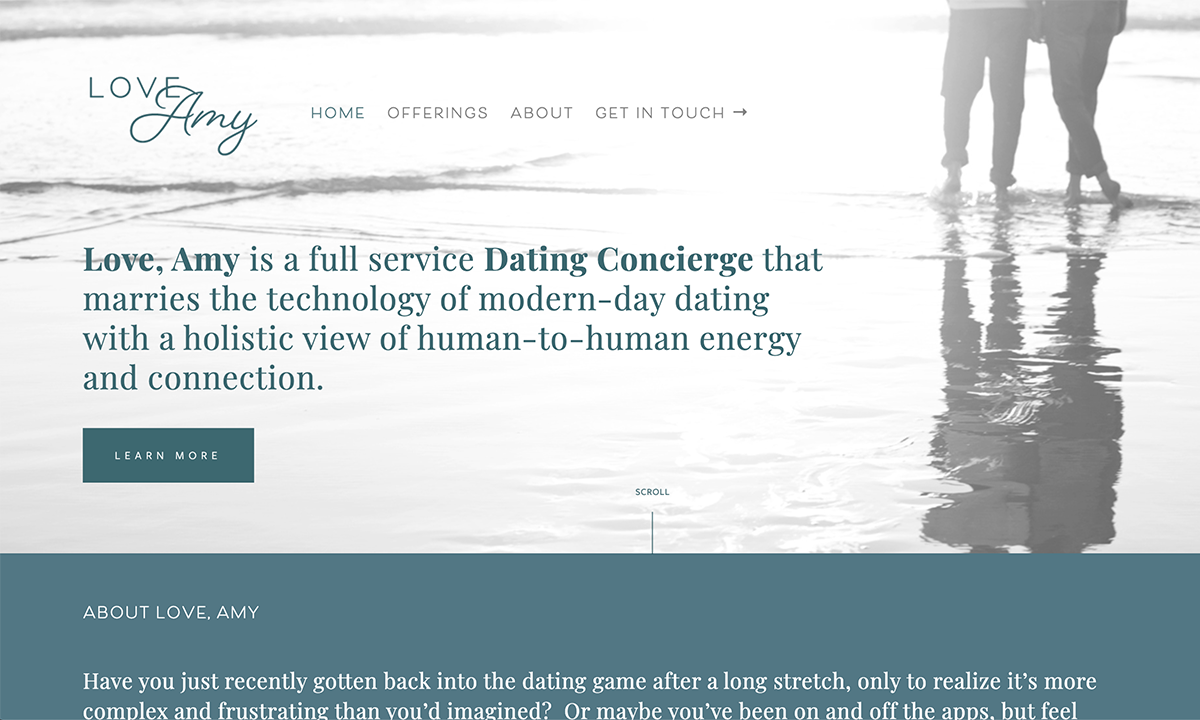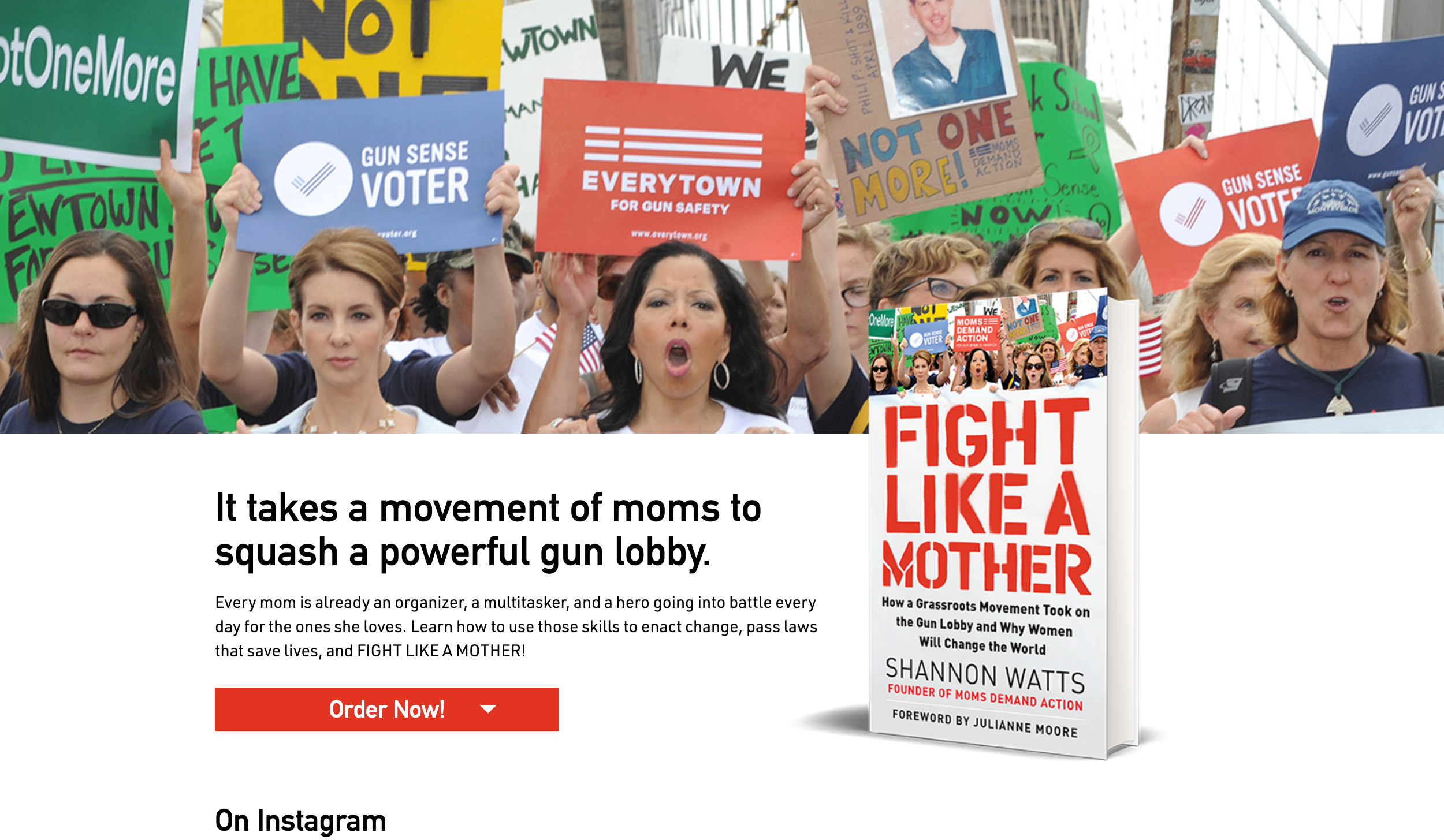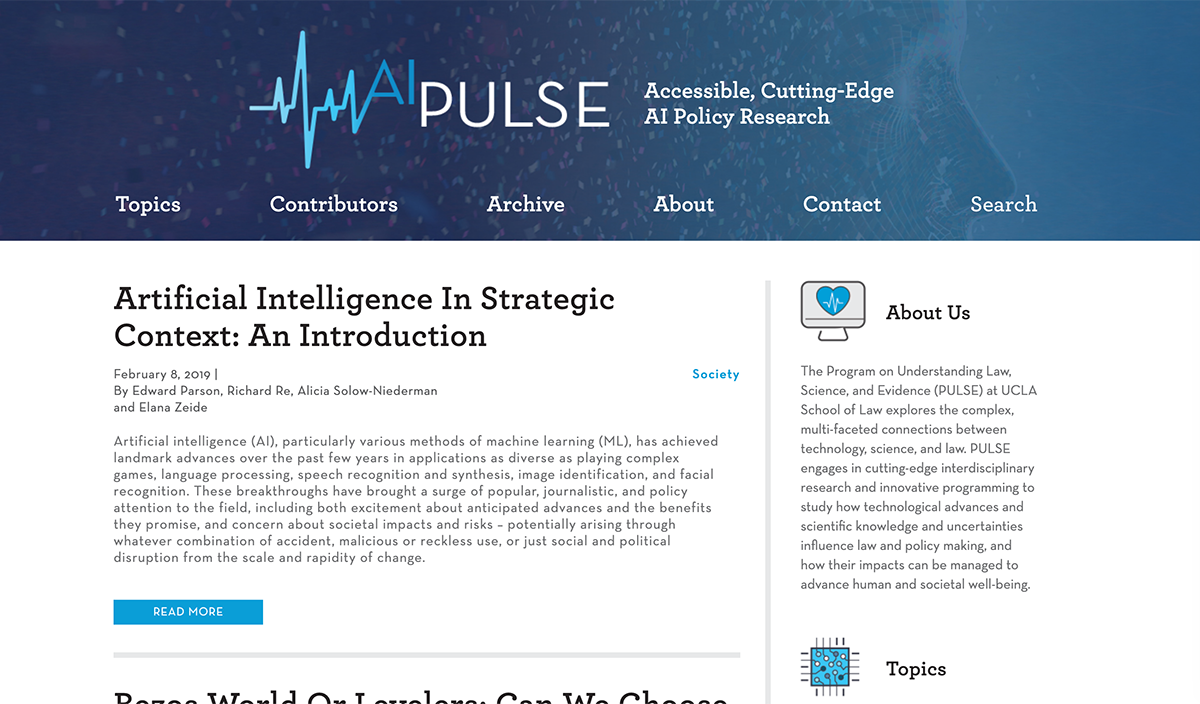Book publishing is a billion-dollar business with intense competition from in and outside the industry. Here’s how top publishers are using design and marketing to set their books apart.
By Lisa Baggerman Hazen
Once upon a time, the book business was pretty straightforward. Books were sold in bookstores. They were found on neatly stacked shelves that beckoned with predictable cover treatments—title, author, and leading image. Whether it was a novel or a cookbook, few titles strayed from this general structure. A book was a book was a book. The end.
But book publishing isn’t what it was 10 years ago. It’s not even what it was last year. The advent of interactive entertainment like video, Web, and gaming compete with books for consumers’ leisure time. And books are no longer relegated to bookstores—you can even find them sold everywhere from big-box stores to gas stations. One glance around a bookstore reveals that there’s no longer a formulaic approach to book design—particularly when it comes to covers. In this marketplace, an inventive approach to book packaging and design can connect the user to a title before she reads a word.
Smart publishers are using design as a tool to set their books apart in this increasingly competitive—and lucrative—market. When an endorsement from Oprah Winfrey can catapult a title to the top of the best-seller list, the involvement of proactive book marketing integrated with inventive design has never been so crucial. Here are publishers who are using design and marketing to create a competitive advantage.
THE DESIGN EDGE
Maybe they shouldn’t, but most people do judge a book by its cover. In fact, cover design is one of the most obvious and effective strategies publishers are using to promote their titles. And the competition is fierce. According to the United Nations Educational, Scientific and Cultural Organization, the number of new books published in the United States has more than doubled since 1996, with 172,000 new titles published in 2005. Then, factor in slowing book sales (a decrease of 4.3% between May 2006 and May 2007 according to the US Census Bureau).
“It’s the covers that really advertise the work,” says Henry Sene Yee, Creative Director of New York-based trade paperback imprint, Picador. “The cover design needs to stop you in your tracks, make you pick up the book, and read the flap copy. The best way to do this is to create a package that is smart, professional and—most importantly—designed to connect with the target consumer emotionally.”
When designing the paperback cover for Tom Wolfe’s I Am Charlotte Simmons, the story of a virginal college girl’s sexual awakening, Yee immediately faced some obstacles. The reviews weren’t as positive as hoped for and hardcover sales reflected that. Although Wolfe was already a well-established author, Picador wanted to market this particular title to a generation of college-aged readers who may not have been as familiar with Wolfe’s previous work.
“Some people saw the story as more of a young girl’s downward spiral into sexuality,” says Yee. “But I didn’t see it that way—I saw Charlotte as blossoming. I started playing with format and die-cuts as a way to represent this vision.”
To do this, Yee designed a two-tier system for the cover. The top flap was dark, with forms and twigs establishing the background, a white silhouette of the heroine, and a die-cut in the shape of her dress peeking through to a chartreuse pattern on the page behind. When the top flap is opened, the title is revealed, along with flower blossoms and lighter colors. “This design was meant to reveal the true nature of the book—that she was blossoming,” says Yee. “It was fun to do something that was conceptual, but in a smart way.”
But successful design doesn’t start and end with the book’s cover. Considering the book’s entire package is key to a successful publishing strategy.
“We believe a good design is as important as good text, so we’ve always pushed to make the graphic design of our books work as hard as it can,” says David Borgenicht, President and Publisher of Quirk Books, a Philadelphia-based publisher of what they call “impractical reference and irreverent nonfiction” books.
Take Quirk’s take on the traditional parenting book, The Baby Owner’s Manual. The authors provide practical and useful parenting advice. Yet, it’s written tongue-in-cheek, with an editorial approach that treats the baby as if it were a VCR. This tone is followed through with illustrations inspired by technical user manuals, with a hip, iconic treatment.
“We wouldn’t have sold 350,000 copies of this book if it wasn’t graphically amazing,” says Borgenicht. “It would be just another parenting book. Instead, it’s a parenting book that’s sold in the Tate Modern gallery in London.”
BOOKS AS ENTERTAINMENT EQUALS
It’s naïve to think that it’s just the youth market that is turning to video games, Web, and movies for entertainment. According to Parks Associates Research and Analysis, 34% of adult Internet users play online games. And according to a study by the Associated Press-Ipsos, one in four Americans did not read a book in the previous year.
With an ever-precious window of free time for personal leisure, book publishers are looking for ways to make books relevant in a market that is, frankly, less friendly to books. “We have the attitude of an entertainment company, not a book publisher,” says Borgenicht. “We realize that we’re competing not just with book publishers, but video games, the Internet, DVDs, iPods, and cell phones, so our books have to be as exciting as those things. Plus, we make our books as interactive as books can be. We have pop-up books, books with removable clues and more.”
Look no further than Graceland: An Interactive Pop-Up Tour. “This is a book you want, even if you’re not an Elvis fan,” says Borgenicht. “We wanted this to be a pop-up book that had a reason for popping up. We went all out with the design and paper engineering. I think it appropriately represents the kitsch and coolness of Elvis.”
Some publishers have found ways to incorporate different media into the books themselves. “We’re increasingly integrating DVDs and CDs into many of the books we publish,” says Patti Quill Marketing and Publicity Manager for San Francisco-based publisher Chronicle Books. “We recently published The Designer’s Toolkit, a book that includes not only strategies for grid design, but a companion CD with 500 ready-to-use templates.”
And in Lennon Legend, Chronicle Books reinvents the traditional celebrity biography by creating an interactive package. In addition to the book, there are archival photographs and reproductions of Lennon’s handwritten lyrics, drawings, an audio CD and more. These types of elements serve to broaden the book’s appeal.
It isn’t just the quirky books that lend themselves to format innovation. Published by the Harper Collins imprint, William Morrow, Kockroach is a literary novel that literally takes Kafka’s Metamorphosis and turns it on its head—author Tyler Knox’s protagonist is a cockroach who awakens to find that he’s become a man. Designer Will Staehle is a Los Angeles-based designer with more than a dozen covers under his belt tasked with designing this book.
In addition to a noir-ish treatment for the cover, with a cartoonishly out-of-scale men’s shoe about to flatten the book’s title on a city street, Staehle incorporated an interesting design element that went beyond the cover. “When you flip the pages, it’s a reverse animation of Kafka’s metamorphosis,” says Staehle. “It’s little stuff like that can set the book apart and keep it true to the story.”
BEYOND THE BOOKSTORE
The Book Industry Study Group reports that there are 15,000 stores in the U.S. that carry books, but only 8,000 of these are traditional “bookstores.” This also impacts the way the books are designed.
When Oprah Winfrey chose Jeffrey Eugenides’ book Middlesex as a selected title for her book club, Picador was thrilled. But this unusual book about a first-generation Greek hermaphrodite needed to be packaged in a way that would convey its story in an appealing way to an enormous nationwide audience. And this didn’t necessarily mean foil stamping and bright colors.
“Despite the fact that this was going to be a book with a wide commercial audience, I pushed for the cover to be a series of grays rather than color and metallic,” says Yee. “I wanted to show restraint as a way to represent the different gray areas between gender, culture, and generations that the book represents. I used interconnecting smoke and clouds to tie together illustrations on the cover that represented different aspects of the book. Everything just started clicking,”
The approach paid off with an elegant cover treatment that worked on a variety of levels, including an attractive package for mass market that was still true to the book. “I like to strip things down to their essence,” says Yee. “You have these books that are so complicated. Different themes, tones, plot points, etc. It’s necessary to take all this information but not make a kitchen soup design. I wanted to create something with complexity that identifies this book among a sea of books.”
Sales outside conventional book venues don’t mean that publishers are neglecting the traditional booksellers. Maintaining close relationships with bookstores is as important as ever before. “Chronicle still maintains a strong relationship with all the traditional avenues,” says Quill. “We do direct outreach to schools, direct marketing, one-on-one meetings. We’re not losing any of the tools in the toolbox. We’re taking advantage of any and all possibilities.”
BRINGING IT ALL TOGETHER
Editorial, marketing and design need an integrated approach to promote books effectively. But, in many ways, it’s how design is leveraged that helps complete the package.
“Design is central to Chronicle’s strategy,” says Design Director Sara Schneider. “That’s not to minimize anything else, but it’s never an afterthought. During the concept phase, we constantly ask, ‘How will we make this book distinctive, spirited?’ A unique look and feel is essential to this.”
HOW has its own line of design books that cater to creative people of all stripes. But it is HOW’s structure that keeps the books’ promotion in motion. “Our core graphic design titles, like Jim Krause’s Index books, are promoted in the magazine, on our Web site, in our email newsletters, and on our blog,” says Megan Patrick, Senior Editor for HOW magazine and books. “For HOW’s other books, the bulk of our marketing efforts are focused on behind-the-scenes tactics like getting our books on display at major retailers and doing big promotions at book-industry events like Book Expo America.”
Book lovers needn’t despair. Just because the market is changing doesn’t mean that books are being displaced. “We know there is still an audience out there for books,” says Schneider. “But we’re looking at what inspires and delights people about books, and capitalizing on that. We’re not abandoning the book as a form, but capitalizing on what is most appealing about it and taking it even further.”
Lisa Hazen has more than 14 years experience in publishing, ranging from being a former HOW editor to a book author to working as the Web Director at Chronicle Books for more than eight years. She now owns her own Chicago-based writing and Web design firm. www.lisahazen.com // lisa@lisahazen.com
RESOURCES
Quirk Books, Philadelphia, www.quirkbooks.com
Picador, New York, www.picadorusa.com
Chronicle Books, San Francisco, www.chroniclebooks.com
HOW Books, Cincinnati, www.howdesign.com
Will Staehle, Los Angeles, www.lonewolfblacksheep.com
Henry Sene Yee, New York, http://henryseneyee.blogspot.com/
Harper Collins, New York, www.harpercollins.com
CAPTIONS
BABYOWNER.JPG
Quirk Books’ Baby Owner’s Manual stands out from a glut of parenting books by adopting a clever, irreverent approach and following it through with the design and illustration. The copy is written as a user’s manual, as if the child were a VCR. The illustrations used are inspired by the functional designs in user manuals, yet with a modern influence that gives it a hip edge. This approach makes it appealing to moms and dads and helped sell more than 350,000 copies worldwide.
CHARLOTTE/FRONT
CHARLOTTE/SETBACK
Picador wanted to market Tom Wolfe’s I Am Charlotte Simmons to a younger generation, as opposed to some of the author’s more traditional fanbase. To evoke the blossoming of the book’s heroine, designer Henry Sene Yee used a two-ply cover approach. The top cover was dark, with the silhouette of Charlotte and a die-cut in the shape of her dress peeking through to the setback behind. When the top flap is opened, the title is revealed, along with blossoms set against a lighter background.
DESIGNERSTOOLKIT
If you can’t beat ‘em, join ‘em. Since books are already competing with the Web, video games, and DVDs, publishers like Chronicle Books are finding ways to incorporate new media into their existing publishing programs. The Designer’s Toolkit is a book about different grid designs that also includes a CD with 500 templates for download.
GRACELAND
GRACELAND INTERIOR
Experimenting with their books’ format is one of the ways that publishers are making their titles stand out. Quick Books’ Graceland is an interactive pop-up book that takes readers on a virtual tour of Elvis’ legendary estate. Something so unique and over-the-top is a perfect fit for this campy subject.
KOCKROACH
Unusual books arent’ the only ones with opportunities for innovation when it comes to format design. Clever designers are finding ways to make the packaging of novels stand out, as well. Kockroach is a reverse take on Kafka’s Metamorphis—in Kockroach, a cockroach wakes up to find himself as a man. Designer Will Staehle made a flip animation with the pages where you can watch this metamorphosis.
LENNON LEGEND
LENNON LEGEND INTERIOR
What is considered an actual book is also evolving in the changing market. Lennon Legend isn’t just a biography of John Lennon. Rather, it is also complete interactive package for fans and collectors that includes reproductions of posters, handwritten lyrics, ticket s and of course, an audio CD.
MIDDLESEX FULL
When Oprah chose Middlesex as one of her book club selections, the publisher was charged with designing a cover that would make this book appealing to an enormous audience. Despite the temptation to splash color and starbursts on the cover, Creative Director Henry Sene Yee took a refined approach, using a series of grays on the cover to tie together the complex storyline while creating an attractive package that works.
DESIGNER’S COMPLETE INDEX (I assume you guys will have this image.)
This is more than just a collection of books—the Designer’s Complete Index is meant to be a package that includes an entire series of popular design books in one place. HOW promotes this book through its existing network of the magazine, Web site, blog, and e-newsletters.
